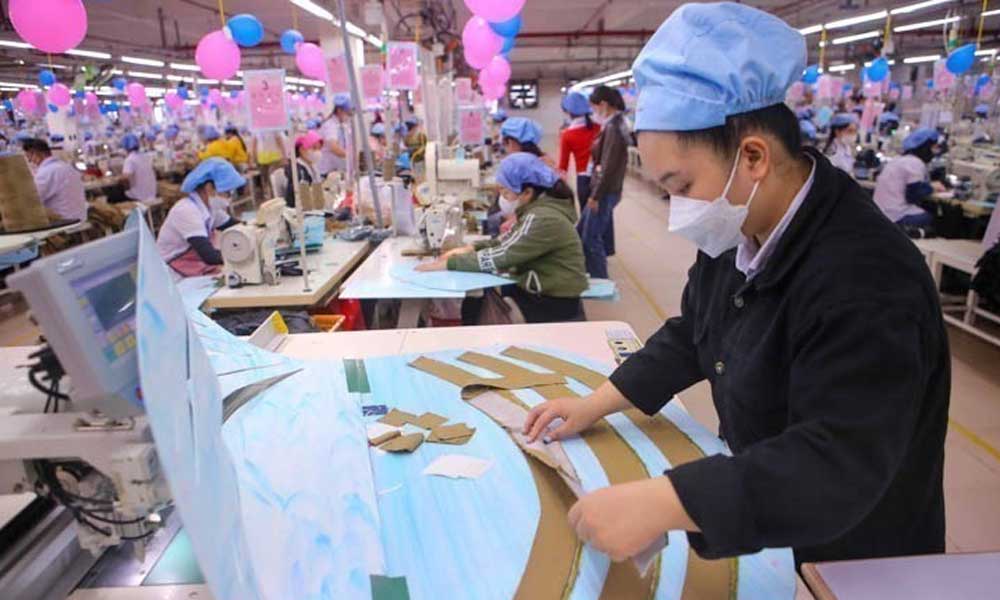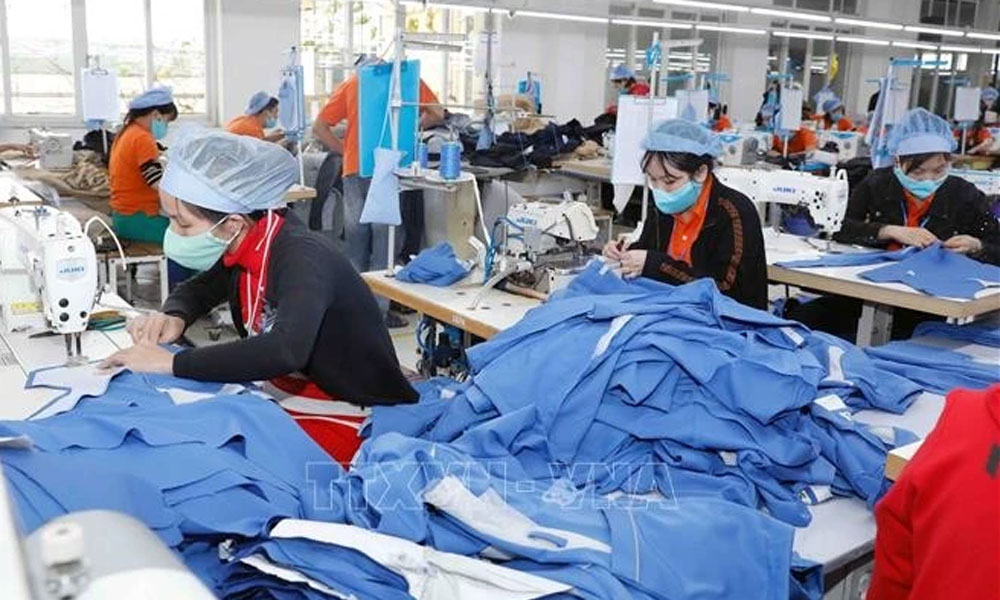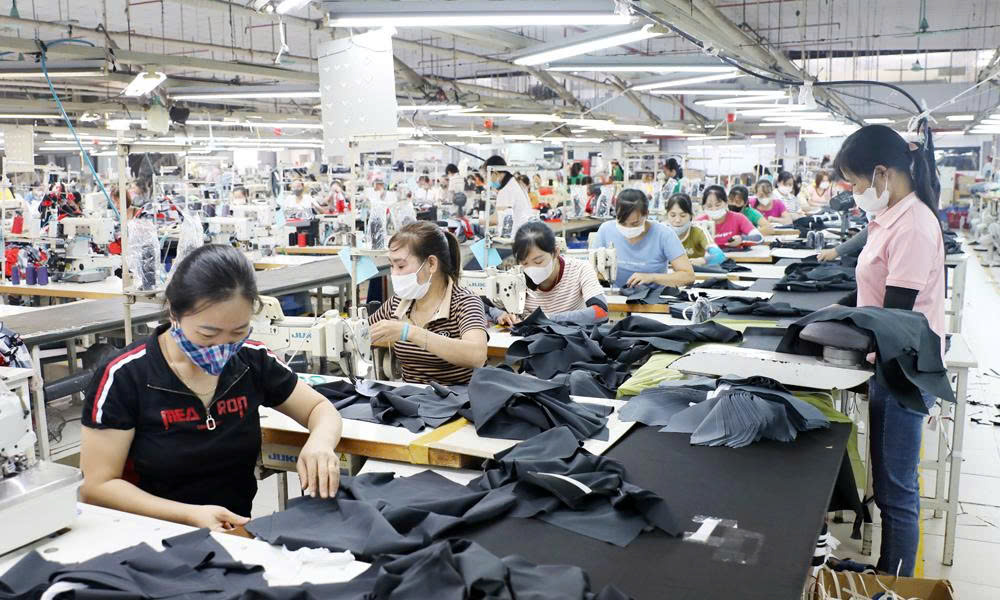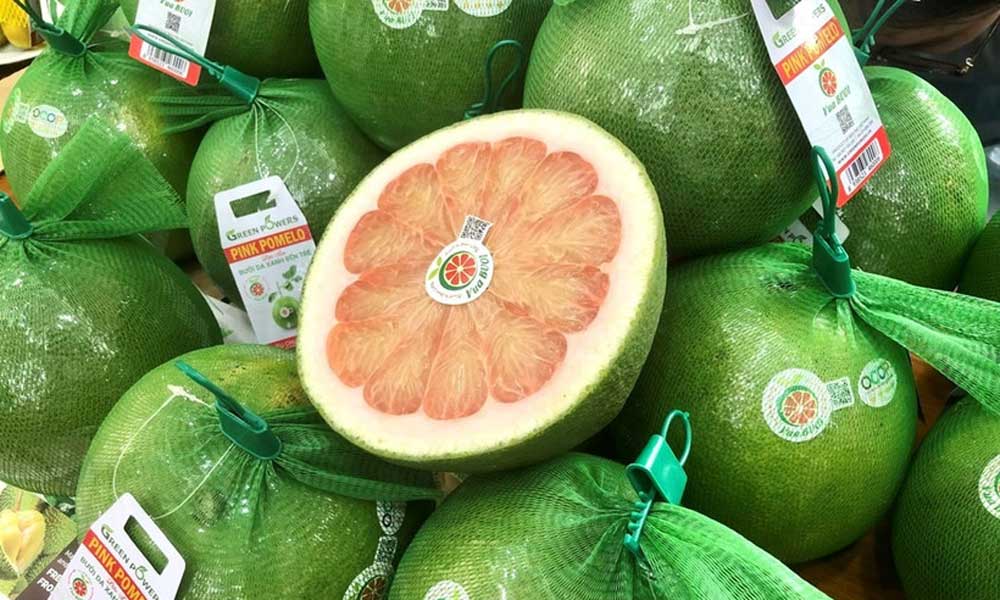Vietnamese garment firms eye stronger foothold in Canada
A trade promotion delegation from the Vietnam Textile and Apparel Association (VITAS), comprising nine enterprises, is attending the fair with the goal of expanding market access and maximising free trade agreement benefits. While the US has traditionally been Vietnam’s leading market, accounting for over 40% of total exports, recent tariff barriers have prompted many Vietnamese firms to seek new destinations.
As Canada accelerates trade diversification and Vietnam aims to increase its export presence in the North American country, the Canada International Textile & Apparel Expo has become a key platform for Vietnamese garment and textile businesses to explore cooperation opportunities and take advantage of tariff preferences under the Comprehensive and Progressive Agreement for Trans-Pacific Partnership (CPTPP).
 |
|
Vietnamese textile firms go green to meet high market standards. |
A trade promotion delegation from the Vietnam Textile and Apparel Association (VITAS), comprising nine enterprises, is attending the fair with the goal of expanding market access and maximising free trade agreement benefits.
While the US has traditionally been Vietnam’s leading market, accounting for over 40% of total exports, recent tariff barriers have prompted many Vietnamese firms to seek new destinations.
Speaking to the Vietnam News Agency’s correspondent in Canada, VITAS Deputy Secretary General Nguyen Thi Tuyet Mai said the key objective is to expand Vietnam’s export share in the Canadian market.
She noted that, as a CPTPP member, Canada offers tariff advantages for Vietnamese textile exports. However, the greatest challenge lies in meeting rules of origin requirements, as the entire production chain, from yarn and fabric to finished products, must be sourced from CPTPP member countries.
Both Vietnam and Canada were among the founding members of the CPTPP in 2018. Since then, Vietnam’s textile and garment exports to Canada have doubled, from 600 million USD to nearly 1.2 billion USD, and are projected to maintain a growth rate of around 10% in 2025 despite adjustments to Canada’s trade policy.
Steve Tipman, Executive Director of the Trade Facilitation Office (TFO) Canada, noted that although Vietnam’s textile exports have grown significantly, many products still do not qualify for CPTPP tariff exemptions and are subject to import duties of 15–18%. He said Canada is working closely with Vietnam to help businesses better understand rules of origin, ensuring their goods meet CPTPP standards for duty-free access.
During the fair, TFO Canada, in coordination with the Vietnam Trade Office in Canada, organised a workshop to guide Vietnamese enterprises on material origin rules under CPTPP, particularly as Canada officially ends its Generalised System of Preferences (GSP) for Vietnam from early 2025.
Tran Thu Quynh, Commercial Counsellor at the Vietnamese Embassy in Canada, said Vietnam’s key message to Canadian buyers, producers, and industry leaders attending the fair is that Vietnam should be viewed not only as a reliable sourcing destination but also as a sustainable, long-term trade partner. She emphasised Vietnam’s readiness to engage in production linkages, brand co-development, and future industry collaborations.
Vietnamese textile companies have demonstrated strong adaptability to market changes. Firms such as Viet Hong and Bao Minh, specialising in fabric and denim apparel, have developed closed-loop supply chains by securing yarn production and origin, ensuring their products meet the strictest international standards.
According to Bob Kirke, Executive Director of the Canadian Apparel Federation, both Canada and Vietnam are diversifying their markets, and Canada sees significant potential for Vietnamese products, particularly garments.
Through the Toronto fair, Vietnamese enterprises have gained clearer insights into addressing rules of origin barriers and are exploring ways to either transform their production processes or build partnerships to establish integrated supply chains.
These efforts aim to eliminate existing tariffs in the Canadian market and support the Government’s target of boosting textile and garment exports by an additional 12%.
 Bắc Ninh
Bắc Ninh







.jpg)





Reader's comments (0)